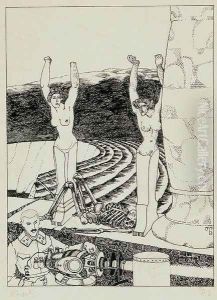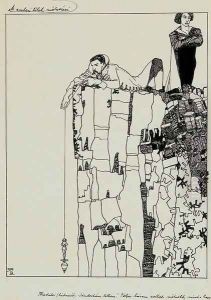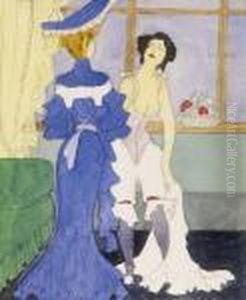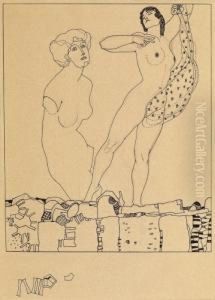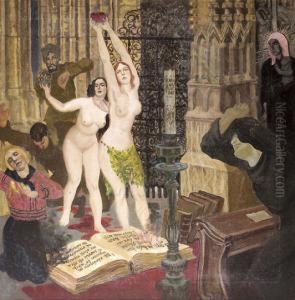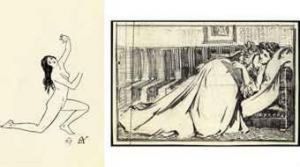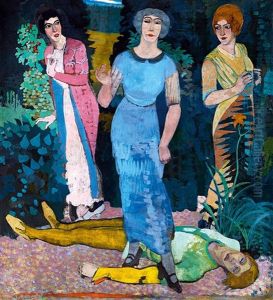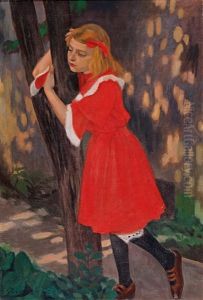Gyula Tichy Paintings
Gyula Tichy was a Hungarian painter born in 1881, whose work was primarily rooted in the naturalistic and later, expressionistic styles. He is not as widely recognized internationally as some of his contemporaries, but within Hungary, he is celebrated for his contributions to the art scene, particularly in the early to mid-20th century.
Tichy's early life was marked by a passion for art, leading him to study at various prestigious art schools across Europe. His education included time at the Hungarian University of Fine Arts, where he honed his skills under the guidance of esteemed artists and instructors of the period. Tichy's early work depicted rural and urban Hungarian landscapes, showcasing his keen observation skills and ability to capture the essence of daily life.
As he matured artistically, Tichy's style evolved, demonstrating a shift towards Expressionism. This period of his career was characterized by a more vivid use of color and a tendency to distort forms for emotional effect, reflecting the broader movements within European art at the time. Despite these shifts, his work remained deeply rooted in Hungarian themes and landscapes, a testament to his love for his homeland.
Throughout his career, Tichy faced the challenges of World War I and II, periods that inevitably influenced his work and the themes he explored. The wars, coupled with the political turmoil in Hungary, led to a sense of melancholy that can be felt in his later pieces. Nevertheless, Tichy continued to produce art that was both personal and reflective of the broader societal moods.
Tichy's contributions to Hungarian art were recognized in his time, and he was a respected figure in the Hungarian art community. He participated in numerous exhibitions, both nationally and internationally, and his works are part of several museum collections in Hungary and abroad.
Gyula Tichy passed away in 1956, leaving behind a legacy that captures a transformative period in Hungarian history. His paintings remain a valuable record of the cultural and social shifts that occurred during his lifetime, offering insight into the life and times of early to mid-20th century Hungary. Despite the lack of international recognition when compared to some of his peers, his work continues to be appreciated by art historians and enthusiasts who see in his paintings the universal themes of change, resilience, and the beauty of the mundane.
